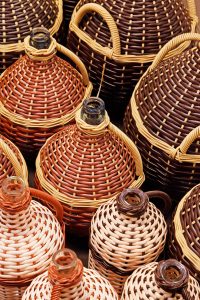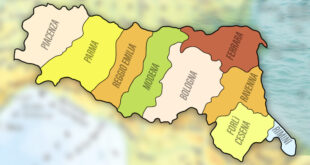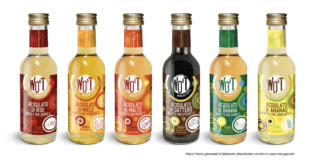Some tips on how to make Balsamic Vinegar. Today we are talking about the cooked must. I want to suggest a little tip about this operation.
Start cooking early in the morning and continue as necessary throughout the night until the next day.
I advise you to heat the boiler, a copper and stainless steel time, using a gas burner to manually maintain a constant temperature maintenance. Wood, commonly used in the past to fuel the fire, can cause temperature fluctuations. Do not put the lid on the boiler.
As mentioned in the Original Balsamic Vinegar recipe, the cooking must continues until the must is reduced by at least 50%. Keep in mind, you can reduce the product as much as 1/3 of its initial volume.
Is it better to reduce it to 1/2 or 1/3?
It depends on the gradation of the fresh starting mash, the different requirements of the various acetals and the different use we can make of the product:

A) very cooked musts (38/42 ° Babo and beyond) are used to “cut or grab”.
B) lightly cooked must (22/26 ° Babo): they are easy fermented musts used to obtain products with high acetic acid and for the production of strong vinegar of must
C) Normally cooked musts (28/34 Babo): are the musts which are traditionally used for pickling.
How to make Balsamic Vinegar; always check that the cooking never reaches full boil, keeping it constantly around 90/95 degrees to ensure correct and proper caramelization of sugars.
Continue to foam the impurities that will emerge.
Let the baked must cool down and put it in damsels. The damigans will then be placed in a cool and dry place to prevent mold build-up and ensure product decantation. In spring we will have a purified fresh must ready to start fermentation and start our Original Balsamic Vinegar Recipe.
L-Originale Traditional Balsamic Vinegar of Modena: www.l-originale.com
 Use Balsamic Vinegar All you need to know about Balsamic Vinegar of Modena
Use Balsamic Vinegar All you need to know about Balsamic Vinegar of Modena



